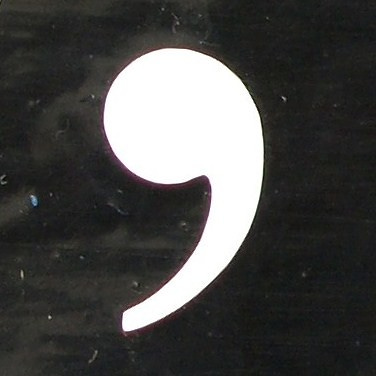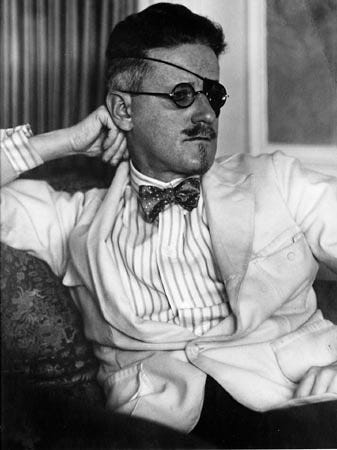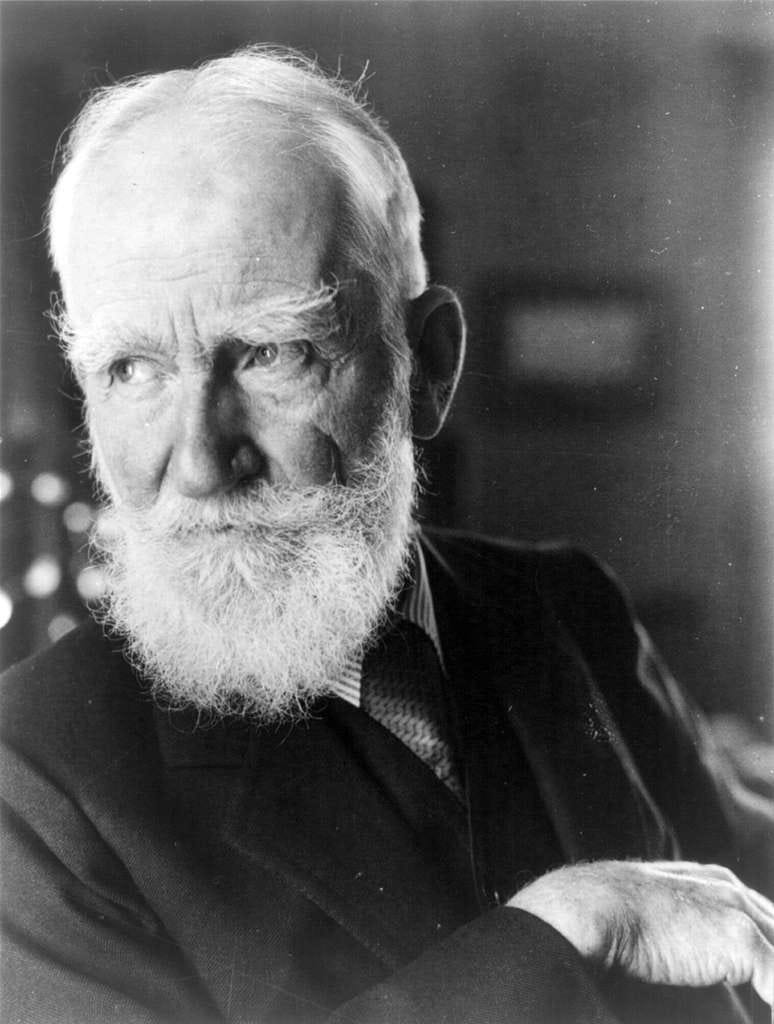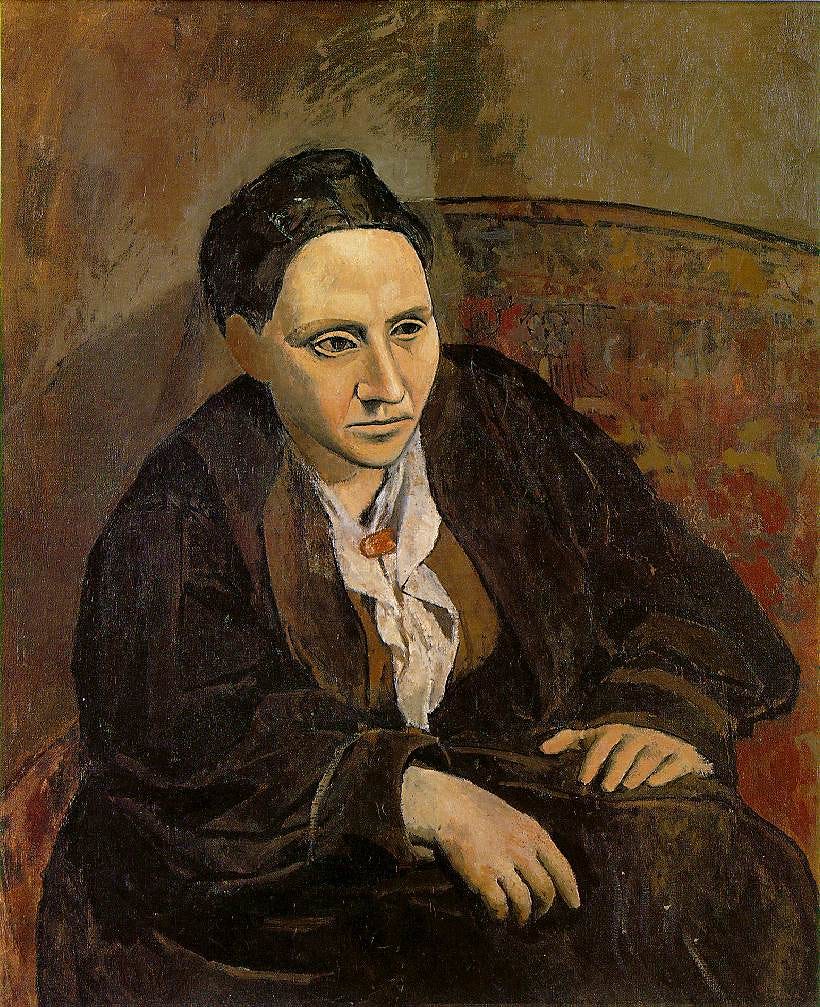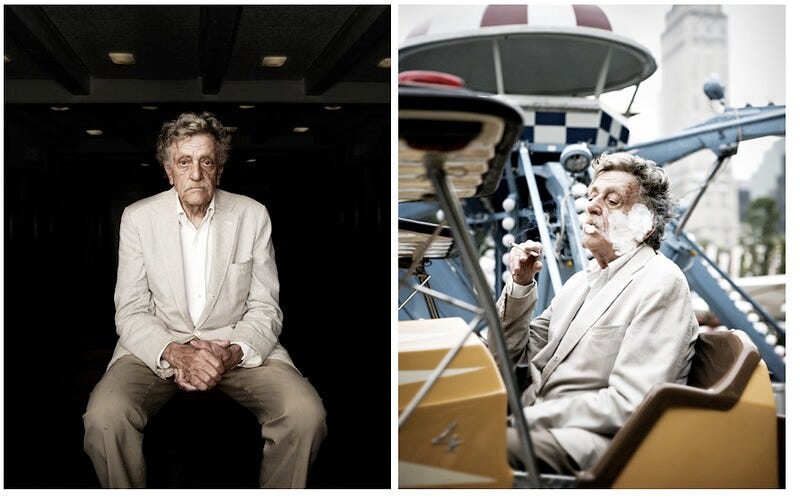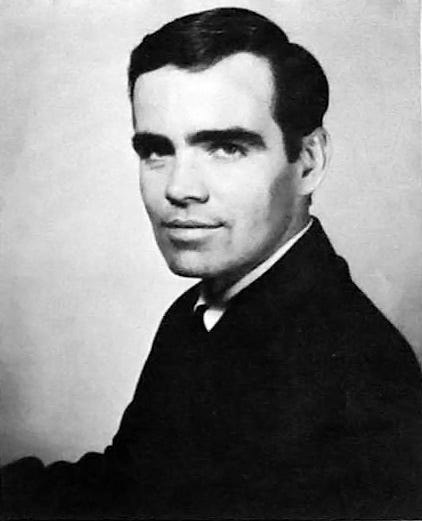Didn’t Certain Famous Writers Hate Punctuation?
If so, why can't we?
For writers, punctuation marks are magical. They’re an additional way to communicate with the reader, the typographical equivalent of facial expressions and tone of voice on the page.
Yet magazines and websites love to run listicles that perpetuate the myth that certain famous writers “hated” punctuation. These listicles appeal because they offer an excuse to the rest of us to avoid mastering (or caring about) punctuation. After all, if those iconic writers hated it, then we can stop bothering with apostrophes and periods and commas, right?
Um, no.
To be a writer who “hates punctuation” is to be a handyman who hates hammers, a surgeon who hates scalpels, a banker who hates hundred-dollar bills (!).
Plus, the myths around famous writers hating punctuation—or a particular punctuation mark—are either patently untrue or overblown. One need only do the teensiest bit of research to find that the five writers who seem to populate every list—James Joyce, George Bernard Shaw, Gertrude Stein, Kurt Vonnegut, and Cormac McCarthy—didn’t “hate” commas or periods or semicolons or any other punctuation mark.
1. James Joyce
The favorite. Inevitably, listicles point to Finnegans (no apostrophe) Wake or, more often, the final chapter of Ulysses, which clocks in at 22,000 words, contains eight very long sentences, and is almost wholly without traditional punctuation.
But the Molly chapter isn’t a reflection of Joyce’s supposed hatred of periods; it’s meant to read as a stream of consciousness, in which the main female character, Molly Bloom, finally gets a chance to speak (albeit only to herself).
Yes, Joyce preferred—though didn’t insist on—em dashes instead of quotation marks, calling quotation marks “an eyesore.” However, that was likely an effort to break with convention, as Elizabeth Bonapfel argues, or to avoid any suggestion of realism in his work, as Susan Solomon contends. (For more on Joyce’s extensive use of punctuation—he wasn’t a minimalist—read the prohibitively expensive but excellent Doubtful Points: Joyce and Punctuation.)
2. George Bernard Shaw
The Irish playwright George Bernard Shaw is perhaps the most misunderstood example. Listicles cite him—also out of context—because he once wrote that apostrophes were “uncouth bacilli.” True, he didn’t want to “pepper the pages” with them, but that’s because he was part savvy businessman, part book designer, and part idealist.
Shaw wanted to make money from his writing and set out to convince the public to buy the print versions of his plays, something that wasn’t done at the time. Certain that his unique page design—typeface, margins, paper, binding, and, yes, punctuation—would help him sell books, he despised any serif font or saddle stitch that got in the way. Apostrophes were only “uncouth bacilli” when they didn’t fit with his aesthetic design and eccentric printing requirements. In a letter to book designer William Orcutt, Shaw explained that he avoids the apostrophe when “it spoils the printing.”
That said, Shaw was a linguistic renegade who believed English should be primarily phonetic (e.g., havnt for haven’t). He went so far as to invent his own alphabet—unsurprisingly named the Shaw alphabet—and bequeathed part of his estate not just to reform the Roman alphabet but to supplement it with his own.
3. Gertrude Stein
Another perennial favorite. Gertrude Stein is the modernist writer you talk about but have never read. It’s not your fault. She preferred the sounds of sentences to their sense. This amounted to sometimes impenetrable prose, poetry, and plays. And lectures. And speeches. And press conferences. During her 1934 American lecture tour, the New York Times ran the headline, “Gertrude Stein Arrives and Baffles Reporters by Making Herself Clear.”
Listicles citing Stein as a punctuation hater often quote her lecture tour, during which she told the San Francisco Chronicle, “Punctuation is necessary only for the feeble-minded.” True, Stein had some harsh words for commas (“servile” with “no life of their own”) and question marks (“uninteresting”), but as Richard Kostelanetz writes in the introduction to The Yale Gertrude Stein, she didn’t “hate” punctuation so much as she enjoyed experimenting with American English and “how else words might be used.” It came out of love, not hate.
4. Kurt Vonnegut
After he published A Man Without a Country: A Memoir of Life in George W Bush’s America, Kurt Vonnegut became known as the man who hates semicolons. In it, he writes, “Here is a lesson in creative writing. First rule: Do not use semicolons. They are transvestite hermaphrodites representing absolutely nothing. All they do is show you’ve been to college.” Most listicles don’t mention Vonnegut’s offensive metaphor and instead selectively quote the clever, “All they do is show you’ve been to college.” This is true. Most people couldn’t tell a semicolon from a colon (from a comma from a period). Vonnegut speaks not from a “hatred” of semicolons but a deep desire to stop young writers from using them willy-nilly. He used them (correctly) in his books.
Here’s an analysis of semicolons in Vonnegut’s and other authors’ works. Perhaps unsurprisingly, semicolons appear more often in literary versus mass-market novels and, yes, to a greater degree in older works.
5. Cormac McCarthy
For a contemporary example of an author who supposedly hates punctuation, listicles turn to Cormac McCarthy. They quote his painful-to-watch interview on “Oprah” (painful to watch because the relatively reclusive author seems pained to be there), wherein he says, “I believe in periods, in capitals, in the occasional comma, and that’s it…. James Joyce is a good model for punctuation. He keeps it to an absolute minimum.” (Not so, Cormac—see above.) At no point does McCarthy use the word hate. “There’s no reason to blot the page up with weird little marks. I mean, if you write properly you shouldn’t have to punctuate.” McCarthy is simply articulating a preference in his work, not a hatred of “little marks”—weird or not.
*
Listicles wrongly mention other writers, too. William Faulkner and the Benjy chapter in The Sound and the Fury come up a lot. Yes, punctuation is relatively absent from that chapter because Benjy has intellectual disabilities and it’s written from his point of view: “My God the cigar what would your mother say if she found a blister on her mantel just in time too look here Quentin we’re about to do something we’ll both regret I like you liked you as soon as I saw you I says he must be …” (Faulkner’s advice to those who said they couldn’t understand his work? “Read it four times.”) To say that the Benjy chapter (or any other stylistic choice) arose out of Faulkner’s “hatred” of punctuation is just wrong. The man wrote page-long sentences and really liked punctuation.
F. Scott Fitzgerald and Elmore Leonard also appear on listicles of punctuation-hating authors, yet they were simply offering sage advice about the most overused punctuation mark: the exclamation point! F. Scott Fitzgerald spoke to the mark’s gaudiness when he said it’s “like laughing at your own joke.” Elmore Leonard wisely advised that writers use no more than two or three exclamation marks in 100,000 words of prose. I’ve tried to restrict people to using only five in their lifetimes, but even I’ve succumbed to the social pressure to express enthusiasm even when I have none and have started putting exclamation points after every sentence in an email!
Yes, one or two writers have held an unreasonable grudge against semicolons (always semicolons). Donald Barthelme called them “ugly, ugly as a tick on a dog’s belly,” Edward Abbey called them “obscene” (though when he wrote this, he was raging against an editor’s changes to his manuscript at the time). But Barthelme was Barthelme and Abbey was, well, Abbey.
The rest of us relish the nuances of semicolon, the subtle difference between parentheses and parenthetical commas, the power of a dash. And we’re better for it.
Now go try Matt Bell's (
) excellent writing exercise, "Punctuation as Thought."Become a free or paid subscriber!! Look at all the exclamation points I’m using!!! To show you my excitement!! Because words just wouldn’t do it!!! Get all that Writers at Work has to offer, including posts on strengthening your writing habits and workshops on mastering the art and business of being a creative writer on Substack. Your writing and writing career are worth it.


